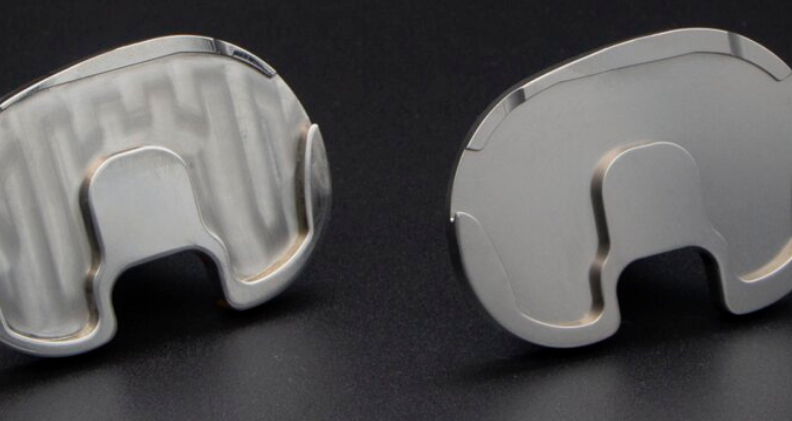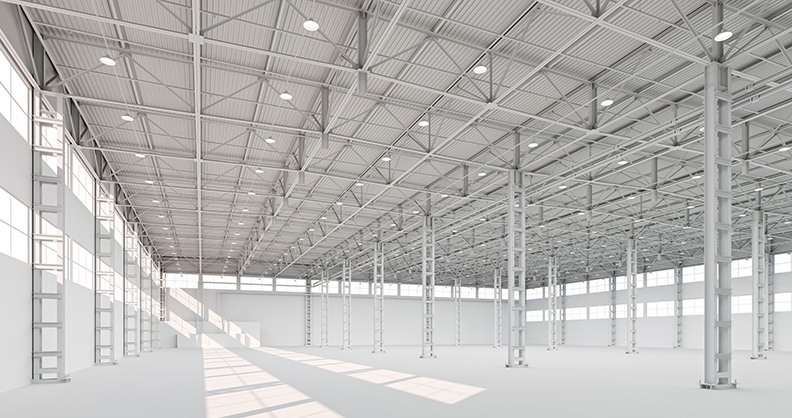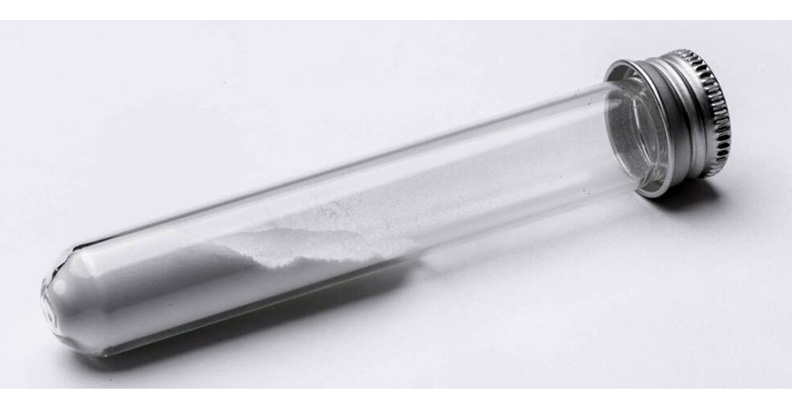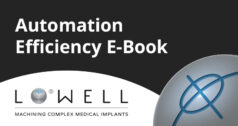
Like mass finishing, shot blasting is an exceptionally versatile surface treatment technology. Shot blasting applications range from general cleaning after casting and forging to shot peening and cosmetic blasting for placing a fine, matte finish on the work pieces.
Rosler recommends mainly air and occasionally wet blasting systems for shot blasting orthopedic implants. In each process, blast media is accelerated by compressed air and thrown at the work pieces through a blast nozzle, creating an extremely precise blast pattern compared to turbine blasting.
Another advantage of air blasting is that it can be used with metallic, mineral or organic blast media.
These attributes and many more make this surface finishing method particularly useful in the medical industry.
Examples of Shot Blasting
Shot blasting is an impact system in which small metal or mineral pellets are thrown onto the surface of a work piece at speeds of 200-800 feet/second. The impact to the work piece surface produces the desired cleaning, peening or texturing effect.
Air and wet blast systems are mainly used to roughen the surface of medical applications. The smoothest finishes achieved with shot blasting are about Ra = 16-32 microinches (= 0.4 to 0.8 μm).
The most common shot blasting processes include:
- Surface cleaning to descale work pieces after forging, casting, or heat treatment. This process usually creates a rougher surface
- Surface texturing as preparation for coating to allow for better adhesion of the coating material.
- Cosmetic blasting and texturing to place a very fine, matte, anti-glare finish on the work pieces.
- Preliminary surface smoothing of additively manufactured or 3D-printed implants While shot blasting normally makes a surface rougher, 3D-printed parts have a very rough initial surface. Shot blasting provides a smoothing effect on these work pieces and is often used in preparation for mass finishing.
- Shot peening to induce a compressive stress in a work piece’s surface, making it more resistant to general wear and corrosion stress cracking.
Shot Blasting Machines
Implants must always be individually attached to or placed on work piece fixtures to prevent contact between the work pieces. Contact may cause nicking or denting, during the entire shot blasting process.
A number of shot blasting machines can be utilized, each with its own benefits and areas of expertise.
- Used for: Hip stems, tibia plates, and other orthopedic implants
- Key benefits: Prevention of contact between work pieces
- How it works: These blast machines are equipped with a rotary table containing 4-12 independently rotating satellite stations. Work pieces are attached to the satellites and then pass through one or multiple blast stations equipped with several blast nozzles.
- Used for: Finishing of orthopedic implants
- Key benefits: Efficiency, prevention of contact between work pieces
- How it works: Blast machines are equipped with a round table with two rotating satellite workstations, one in the blast zone and one in the load/unload zone. The rotating workstation allows loading/unloading one set of work pieces, while another set is shot blasted.
- Used for: Complex part geometries and large part variety
- Key benefits: Repeatable and precise process
- How it works: The robot holds either the part or the blast nozzles and follows the pre-programmed blast path to blast the part.
Most machines can be equipped with automated work piece loading and unloading to achieve high production volumes, improved efficiency and throughput, and additional cost efficiency.
The Rosler Way
From choosing the right material to attaining the required surface finish and meeting rigorous specifications, processing orthopedic implants and instruments behooves insight and expertise. Rosler offers a series of guidebooks to illustrate all the considerations when selecting a surface finishing partner and process.
Download your copy of Rosler’s guidebooks today!
- Medical Instruments Guidebook
- Spinal Surgery Implants Guidebook
- Trauma Implants Guidebook
- Orthopedic Implants Guidebook
The Rosler Blog also offers tips and insight from the world’s leader in surface finishing. You can search for topics of interest to you or sign up for enews alerts.










